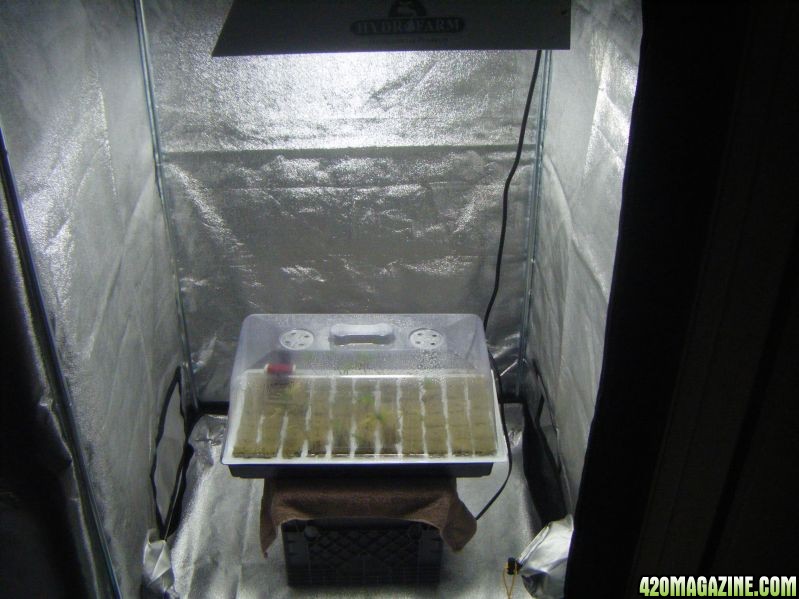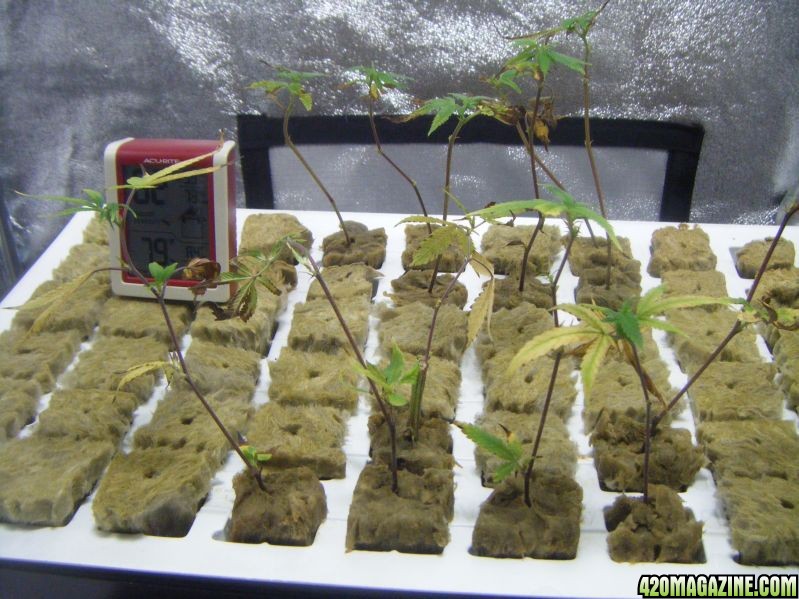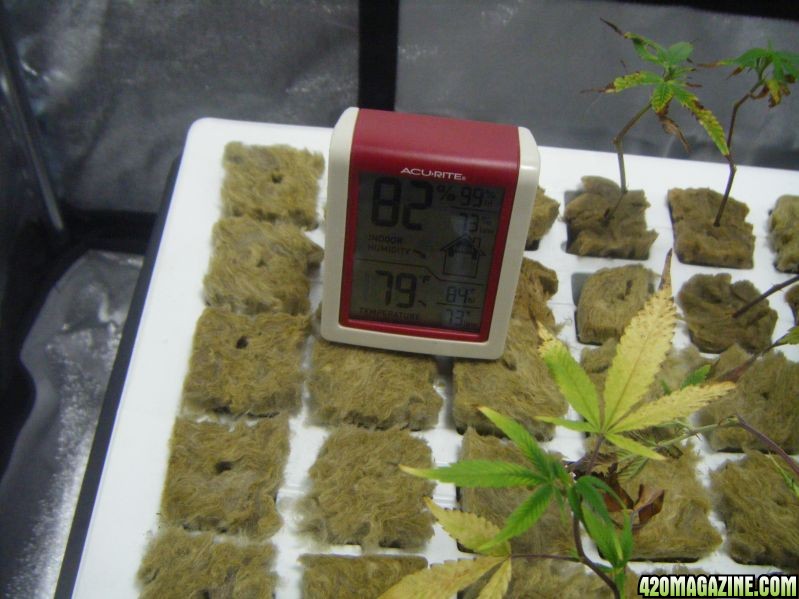airavata
New Member
My clones are about a week and a half in. Still no roots, which I think is fairly normal, but their leaves are dying and falling off like crazy. I'm keeping the humidity high. The temperature usually gets a little too high in the morning before I wake up and open the door to the tent, but the temp. is usually around 75-77. I mist the humidity dome with RO water. There is a seedling mat under the tray to keep the roots warmer than the foliage. The problem doesn't seem to be mold. It doesn't smell moldy or mildewey, just like dead leaves. I am running a 125w cfl. Is that too much light for them? It's about 2' above the canopy. That's the only thing I can figure. Any ideas?








